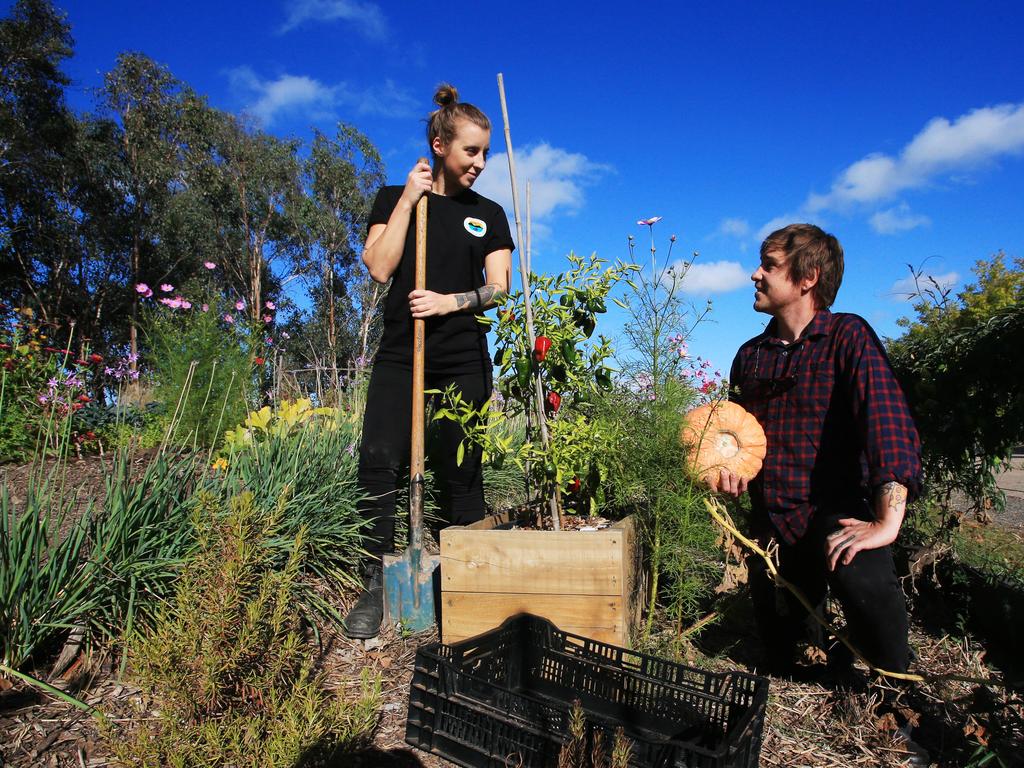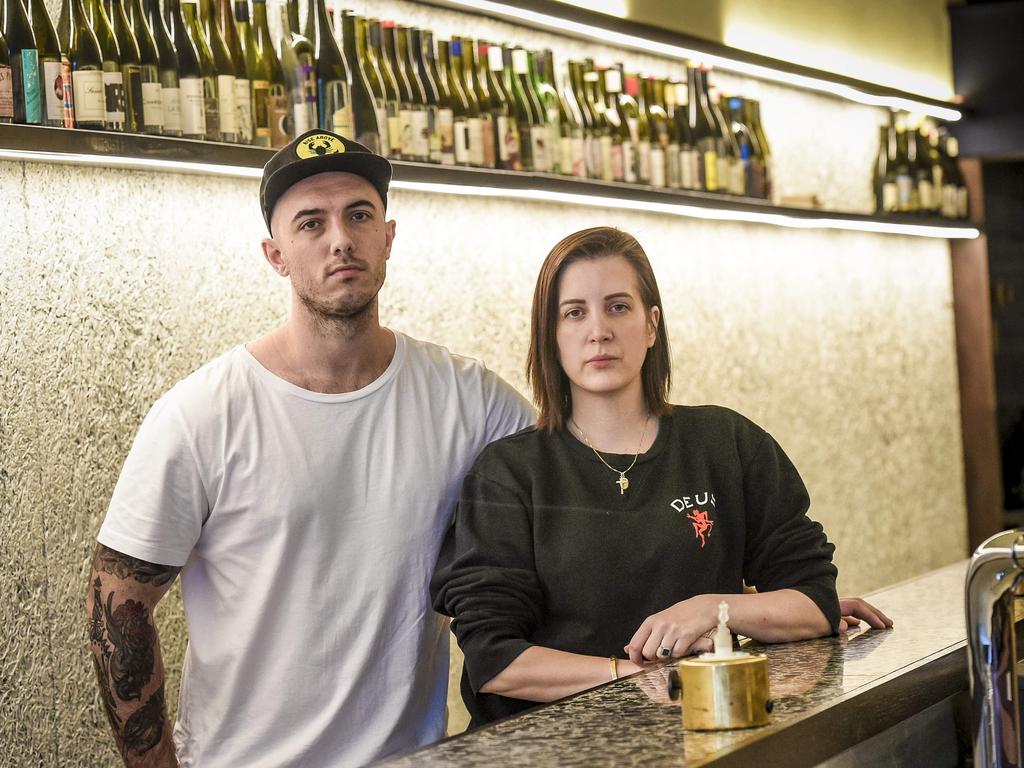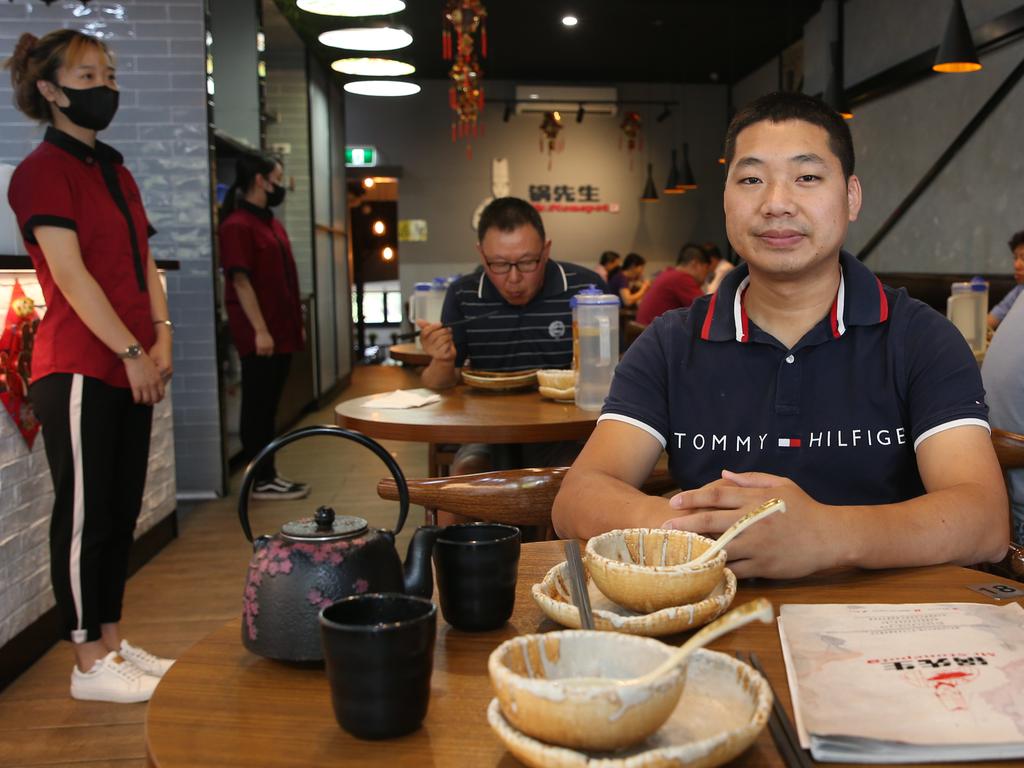For restaurants it’ll be grim, if they can bear it
Ironically, just about all that’s left is the food.
In the corona era, those businesses we used to know as restaurants, those places where we laughed and played, drank and socialised, wooed and argued and, yes, ate, are either gathering dust or selling takeaway/home-delivered food.
A restaurant now, if it still exists (and there’s a question mark over just how many exist in name only nowadays and will in fact never reopen) is only about food if it is still actually trading. The rest are holding their collective breath. And everyone in the industry is nervously wondering just what awaits them when restrictions are eased, which cabinet said on Friday remains in the hands of the states and territories.
Most understand that we’ll never go back to “normal”.
What can you expect when restaurants that choose to reopen do? Don’t be surprised if you’re asked to sign a health declaration, either on entry or online prior to arriving. Next, temperature checks; it's a given these will apply to all restaurant staff but we can quite reasonably expect to be monitored too.
Should we expect staff with face masks and disposable gloves? And disposable menus that are pared back? Sharing dishes may well be limited to two consenting adults. And all those restaurants where you enjoyed eating at a bar of some kind, often in surprising proximity to kitchen or bar staff? Gone. Tables will be the only option and social distancing means even the busiest dining room will be sparsely populated.
For places that trade on that cheek-by-jowl buzz, it’s going to be a real challenge, and not just in creating a vibe the customers find attractive; the economics will be a major challenge too.
In short, restaurants that were ticking along well enough when they could fill their spaces to the gunwales will now be attempting to keep their heads above water with — perhaps — 25 per cent of the turnover. They will need to make more money out of fewer people, or reduce costs by employing fewer people and paying less rent. Maybe.
Under Step One outlined in Canberra on Friday, one person per 4sq m and gatherings up to 10, many restaurants and cafes would be going backwards.
And then there is the very real question of whether there will be restaurant customers at all? The industry reassures itself that pent-up demand will be huge, but in the suburbs and regions, where and when unemployment bites hard and government stimulus ends, money for dining out will be scarce.
In our central business districts, offices are virtually empty as staff either work at home or remain stood down: this is where restaurants are paying significant rents.
And there will, of course, be no international tourists.







For 20 years the mantra of Restaurant Land has been “experience”. That dining is about so much more than just food, and to a massive degree, we — the dining public — bought it.